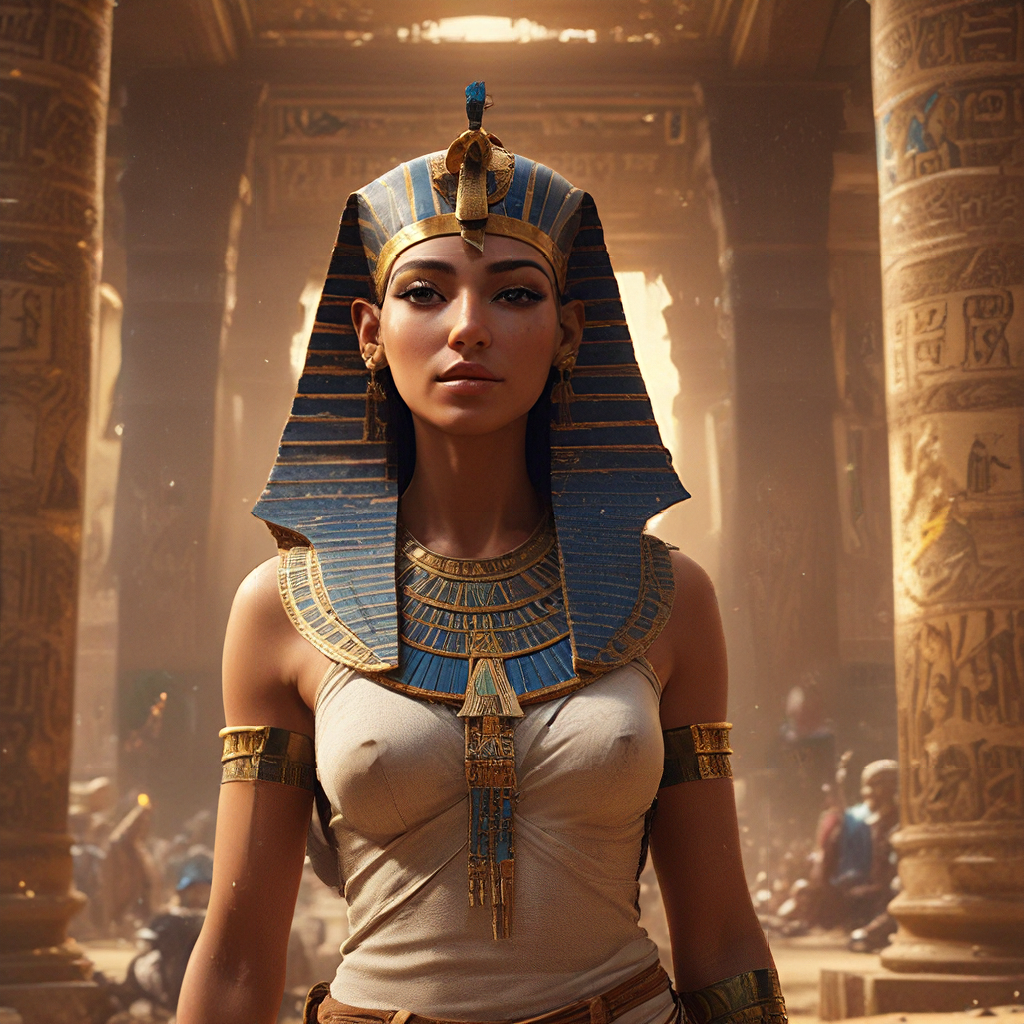1. Introduction: The Enduring Allure of the Afterlife
Ancient Egyptians were deeply fascinated by the concept of the afterlife. They believed that life didn’t end with death, but rather transitioned into a new realm. This belief shaped their daily lives, their art, and their elaborate burial practices. Understanding their afterlife beliefs reveals a rich tapestry of myths, rituals, and beliefs that provide valuable insights into their culture.
For the ancient Egyptians, death was not a full stop, but a comma in the journey of existence. They envisioned a realm where the deceased could continue to live, albeit in a different form. Their afterlife beliefs were centered on the concept of the “Ka,” a spiritual essence that was believed to persist after death.
2. Early Beliefs: The Dawn of the Afterlife
The earliest Egyptians, dating back to the Predynastic Period (around 6000-3150 BCE), had simple beliefs about the afterlife. They believed in a spiritual essence called the “Ka,” which was a person’s double or life force. The “Ka” was thought to reside in the body and was believed to continue existing after death, requiring food and offerings.
Early burial practices reflected these beliefs. The bodies were often buried in simple pits or shallow graves, sometimes accompanied by food, tools, or other items the deceased might need in the afterlife. The focus was on ensuring the “Ka” had the essentials for its continued existence.
3. The Pyramid Age: Refining the Journey to the Afterlife
During the Old Kingdom (c. 2686-2181 BCE), the concept of the afterlife became more sophisticated. The “Book of the Dead,” a collection of spells and instructions to guide the deceased through the afterlife, started to emerge. These texts provided detailed descriptions of the journey, the trials, and the rewards awaiting the deceased.
The construction of massive pyramids during this period is a testament to the importance of the afterlife. These structures served as elaborate tombs for the pharaohs, designed to protect their bodies and ensure their safe passage to the afterlife. The pyramids were filled with treasures, provisions, and intricate decorations, all aimed at ensuring the pharaoh’s comfort and well-being in the next realm.
4. The Middle Kingdom: A Transformation in Beliefs
The Middle Kingdom (c. 2055-1650 BCE) saw a shift in Egyptian afterlife beliefs. The god Osiris, often depicted as the ruler of the underworld, gained prominence. The “Osiris myth” became a central part of Egyptian religious thought, offering a new perspective on death and the afterlife. This myth depicted a just and compassionate god, who judged the deceased based on their moral conduct during life.
The “Osiris myth” introduced the concept of a judgment process, where the deceased would be weighed against the feather of Maat, the goddess of truth and justice. If found worthy, they would be granted eternal life in the Field of Reeds, a paradise filled with abundance and joy. The Middle Kingdom also saw the emergence of other deities associated with the afterlife, like Anubis, the jackal-headed god who guided the souls to the underworld.
5. The New Kingdom: A Period of Great Change
The New Kingdom (c. 1550-1070 BCE) witnessed the rise of the Amun-Re cult, which heavily influenced afterlife beliefs. Amun-Re, the god of creation and the sun, became a central figure in the afterlife, symbolizing the life-giving power of the sun.
The “Hall of Maat,” a key element of the judgment process, gained even greater significance during this period. It was believed that the deceased had to navigate through the Hall of Maat and successfully answer questions posed by the gods to prove their worthiness. Egyptian funerary practices continued to evolve, with elaborate tombs decorated with scenes of the afterlife and the judgment process.
6. The Late Period: A Shifting Landscape
The Late Period (c. 664-332 BCE) brought about changes in Egyptian society and culture, which also influenced afterlife beliefs. The decline of traditional power structures and the rise of foreign influences led to a blending of beliefs. The “Book of the Dead” continued to be used, but it was adapted to incorporate new ideas and deities.
The Late Period saw the increasing influence of other religions, such as Greek mythology, which brought new concepts of the afterlife. This period reflects the dynamism of ancient Egyptian beliefs, their ability to adapt and incorporate new ideas while maintaining their core values.
7. The Role of the Gods: Guardians and Guides
Ancient Egyptian mythology is populated with a diverse cast of gods, each with a specific role in the afterlife. Anubis, the jackal-headed god, guided the deceased to the underworld and presided over the mummification process. Osiris, the god of the underworld, judged the deceased according to their moral conduct. Horus, the falcon-headed god, represented the king and symbolized the triumph of good over evil.
Other deities like Thoth, the god of wisdom and knowledge, and Maat, the goddess of truth and justice, played crucial roles in the afterlife. These gods served as guardians and guides, ensuring the smooth passage of the deceased through the trials and tribulations of the afterlife.




